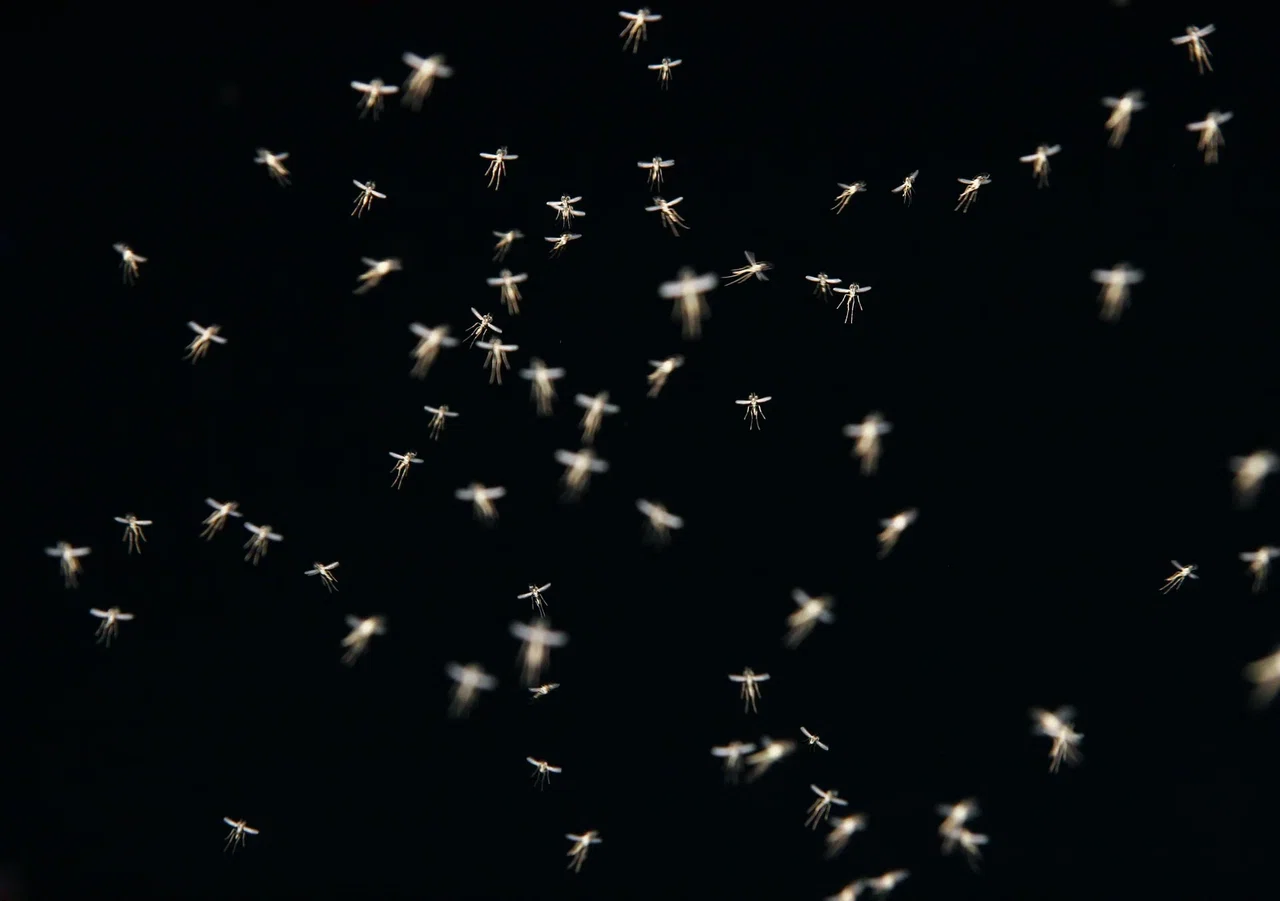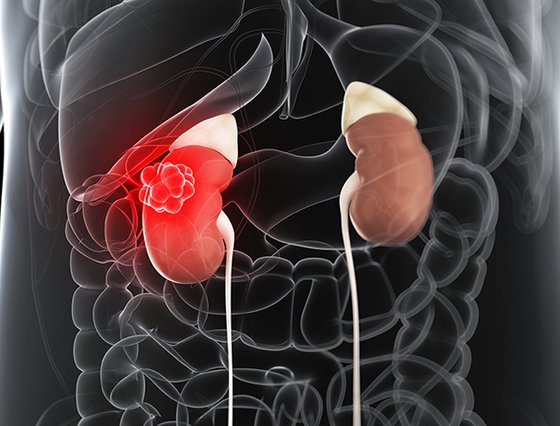


Dr. Anthony Fauci, former director of the NIAID and President Biden's chief medical advisor until the end of 2022, made headlines again this year with his summertime diagnosis of West Nile virus (WNV). His illness put WNV back in the spotlight where it rightly belongs.
Most human infections with WNV (80%) are asymptomatic. The other 20% of cases are divided between a mild flu-like illness called West Nile fever (WNF) and the severe neuroinvasive form known as West Nile neuroinvasive disease (WNND). With no vaccines or specific treatments available, supportive care is the standard option, though there has been some success in small-scale trials using immune serum donated by those previously infected.

The most prevalent mosquito-borne virus in the U.S., WNV is maintained in an enzootic cycle between birds and mosquitos. Spillovers into humans occurs when they are bitten by a mosquito that is infected by feeding on an infected bird. WNV was discovered in the West Nile region of Uganda in 1937, but WNND was not reported until 1957 due to an outbreak in Israel. In 1999, WNV was detected in the U.S. for the first time when cases of unknown viral encephalitis in New York were identified as a WNV infection. The virus has since spread throughout the continental United States, Central and South America, parts of Canada and beyond.
Since early October of this year, there have been 976 human cases of WNV disease nationally. About 30% (292) of those cases were WNF and 70% (684) were the more severe WNND. The mortality rate for WNV is relatively low at 5%, but that doubles to 10% for WNND. Risk factors for WWND include advanced age, diabetes, alcohol abuse and immunosuppression.
West Nile virus human disease cases reported by state of residence, 2024
While total cases in the U.S. so far this year don’t seem to have increased over the 2023 numbers, the same cannot be said for Texas, where numbers are consistently higher across the state than they were last year, especially near big cities such as Dallas and Houston. At the end of August 2024, Texas had reported 39 cases of West Nile virus human disease, by the end of September that number had more than doubled to 79, with two deaths.
Cases of WNND are classified by where the virus disseminates in the body: West Nile encephalitis involves infection of the brain parenchyma; West Nile meningitis involves infection of the meninges, and West Nile myelitis involves infection of the spinal cord. These are diagnosed through a combination of clinical signs, neuroimaging and laboratory confirmation of viral RNA or antibodies in the cerebrospinal fluid (CSF).
In cases where there is no biochemical evidence of WNV nucleic acid in the CSF, diagnosing WNND can be challenging. Neurologist Mohammad Obadah Nakawah, MD, FAAN, Assistant Professor of Clinical Neurology and physician specializing in memory and cognitive disorders at Houston Methodist, recently published a WNV case report detailing the utility of neuroimaging in approaching this diagnostic dilemma.
In the published report, the clinical presentation of the patient reflected the typical description of WNND including fever, myalgia, gastrointestinal disturbances, maculopapular rash, confusion (meningoencephalitis) and acute flaccid paralysis (poliomyelitis-like illness). In up to two-thirds of WNND cases tremors, parkinsonian signs (rigidity, bradykinesia, postural instability) and cerebellar signs (dysmetria, cerebellar nystagmus, gait ataxia) are reported and all were present in this patient.
If the definitive WNV PCR in the CSF is negative or unavailable, neuroimaging can be very useful for WNND diagnosis.
Mohammad Obadah Nakawah, MD
Assistant Professor of Clinical Neurology and physician specializing in memory and cognitive disorders
The most prevalent mosquito-borne virus in the U.S., WNV is maintained in an enzootic cycle between birds and mosquitos. Spillover into humans occurs when we are bitten by a mosquito that picked the virus up from a bird. WNV was discovered in the West Nile region of Uganda in 1937, but WNND was not reported until an outbreak in Israel in 1957. In 1999, WNV was detected in the US for the first time when cases of unknown viral encephalitis in New York were identified as WNV infection. The virus has since spread throughout the continental United States, Central and South America, parts of Canada and beyond.
As of October 8, 2024, there have been 976 human cases of WNV disease in the US. About 30% (292) of those cases were the mild WNF, while 70% (684) were the more severe WNND. The mortality rate for WNV is relatively low at 5%, but that doubles to 10% for WNND. Risk factors for severe disease include advanced age, diabetes, alcohol abuse and immunosuppression.
Encephalitis caused by West Nile virus, computer illustration. West Nile virus (WNV) is known to cause encephalitis (inflammation of the brain) in humans.
Brain MRI showed clear involvement of the posterior thalamus and most of the midbrain, especially the substantia nigra and red nucleus. This demonstrated a clear association between the patient's clinical symptoms and the MRI lesion load and locations.
“Although these neuroimaging findings could be considered “typical” for WNND, there was an overlap with the imaging abnormalities seen in other neuroinflammatory disorders presenting with acute leukoencephalopathy. Hence, in this case report we reviewed West Nile neuroinvasive disease imaging characteristics and the differential diagnosis of acute leukoencephalopathy, said Nakawah.
The case highlights the broad differential diagnosis of acute leukoencephalopathy and the usefulness of neuroimaging in WNND diagnosis.
“If the definitive WNV PCR in the CSF is negative or unavailable, neuroimaging is especially diagnostically useful for WNV,” said Nakawah.
Heather Lander, PhD
October 2024
Related Articles








